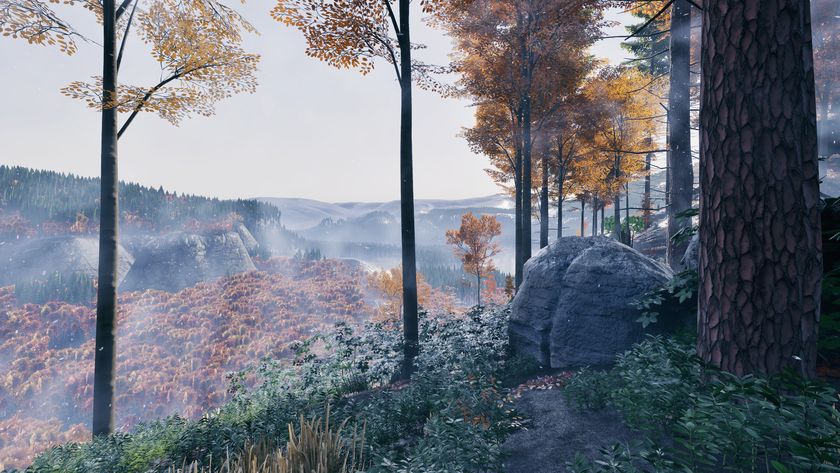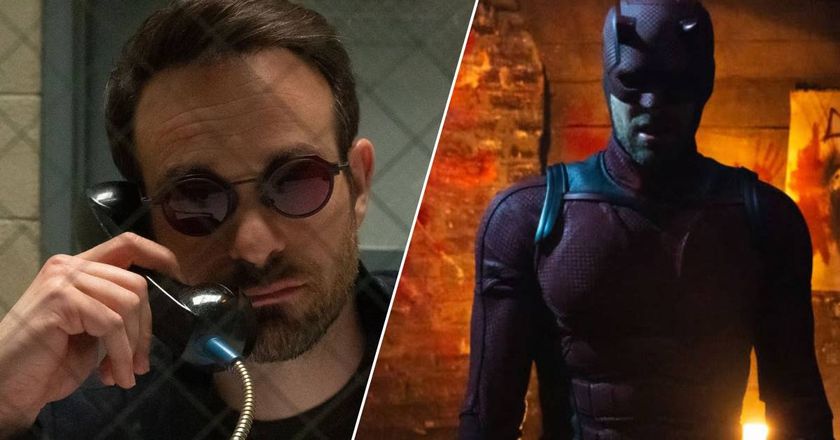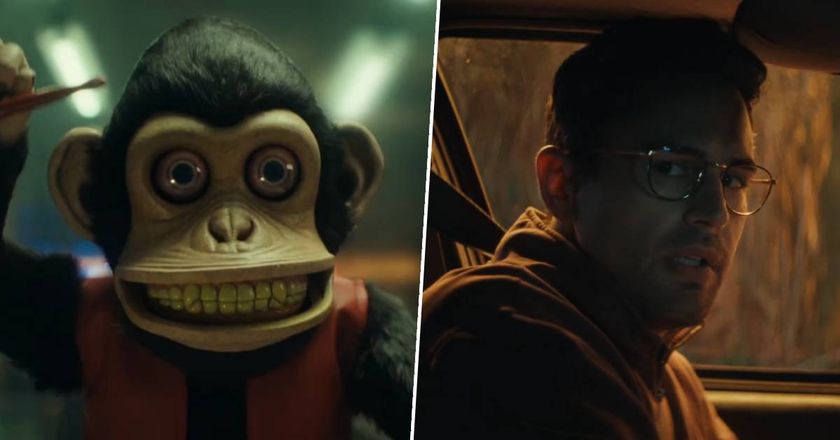What the hell is Bloodborne doing when it's loading? Developers explain
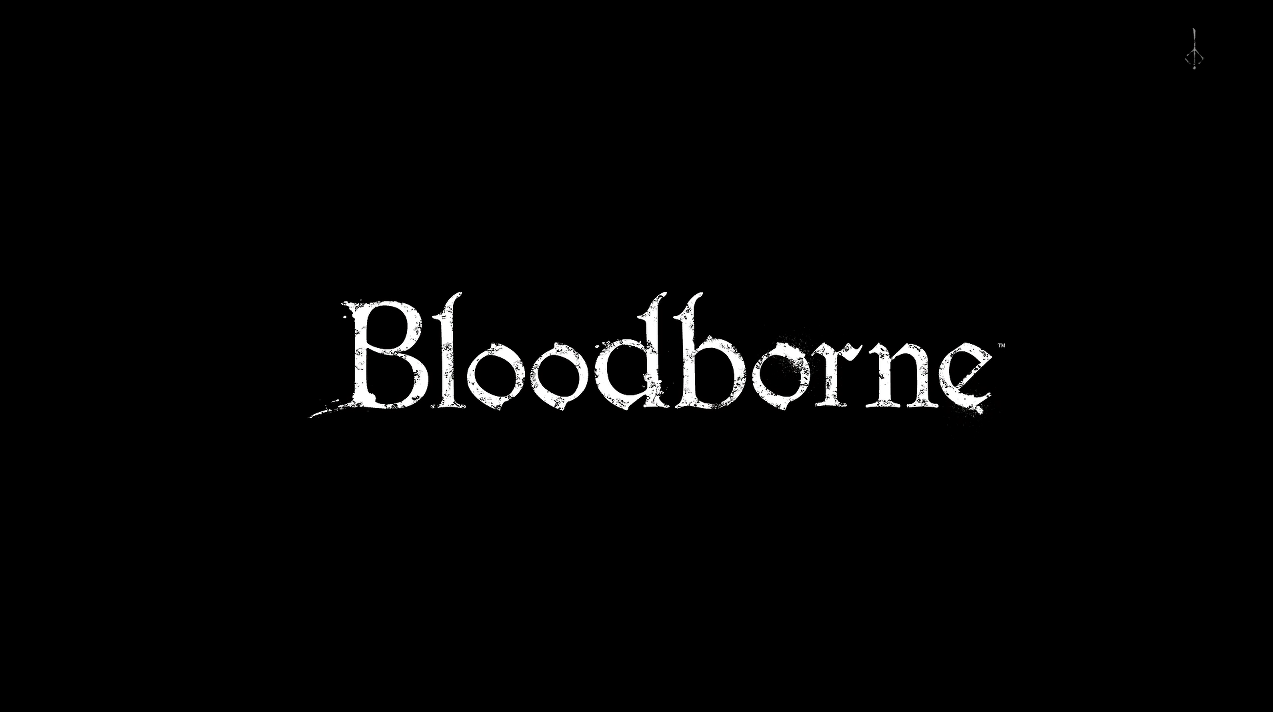
If you’ve played Bloodborne then you know the title well. It sits on screen for 40 or more seconds at a time as the game loads and… does what exactly? Give the monsters a pep talk? Wipe off the blood? It’s been driving me nuts so I asked a few devs anonymously as to what that blank, unmoving screen is hiding.
This is what my first source told me: "Because the initial load and reload into Cathedral Ward are the same, that indicates they're completely dumping all loaded data (textures + geometry)”. That makes sense given Bloodborne’s complete do-over when you die - the level doesn’t just have enemies to respawn, there’s tons of destructible physics-based objects that need to be reset, and a complete wipe/reload would seem the easiest way of doing it. “My guess is that yes, it's not particularly efficient, and that it is just dumping everything and doing a clean reload” says a second developer. While a third developer makes a very good point: “It certainly seems to reload the entire environment. If you die without taking a single step, you'd expect less time [to load] needed than a 30 minute adventure.
Why? My third source explains: “Reasons to do a complete reload: you're certain everything works should something have bugged out on you. You begin with a clean memory slate, since you don't need to play it safe. Basically, it's the easy and safe way”. My second source agrees: “There are almost certainly ways to optimise this. I suspect that since games are always developed up to the wire, that 'a lot of loading' was the best of a bad bunch of limitations to ship with (better than bugs such as Assassin's Creed Unity had). It can easily be improved in an update later on (I hope so)”.

Even then, what is taking so long? “I can't imagine reloading enemies alone taking that long, but piles of books, barrels and such, are all back in their original state too [when you restart]. These all have physics, but [are] probably 'sleeping' until you get near”, says developer number 3. "I'm not sure how much environment they've got in memory at one time, you can look pretty far ahead, but looking at the textures there's (of course) a degree of LoD in place”. (LoD stands for ‘level of detail’ which refers to a variety of systems developers use to make sure the game only loads in hi-res versions of things close up, and low-res versions further away.)
As well as having to reset potentially hundreds of displaced physics objects, textures are also a factor all three devs seem to converge on. “I'm not sure what's going on with decals such as blood splatter, but that might reason for them to reload textures,” explains dev number 3. “Textures and audio are in my experience the most load-time intensive assets”. These large high definition textures are also something my first source picked up on: “Huge hi-res textures are the biggest memory / disk factor by far”, they state, questioning, as well, any compression that might be involved - something that can reduce data size on disk but require lengthy load times to decompress.
Sign up to the 12DOVE Newsletter
Weekly digests, tales from the communities you love, and more
So, while load times could be optimised eventually, it looks like Bloodborne’s lengthy waits are simply a mix of the increased detail demanded by current-gen systems - active objects, textures, dense geometry and so on - combined with a safer approach to avoiding potential game-breaking bugs at launch. That all makes sense on paper, but with big games all chasing similarly high levels of pretty is it an issue we could be seeing more of in the future?

I'm GamesRadar's Managing Editor for guides, which means I run GamesRadar's guides and tips content. I also write reviews, previews and features, largely about horror, action adventure, FPS and open world games. I previously worked on Kotaku, and the Official PlayStation Magazine and website.
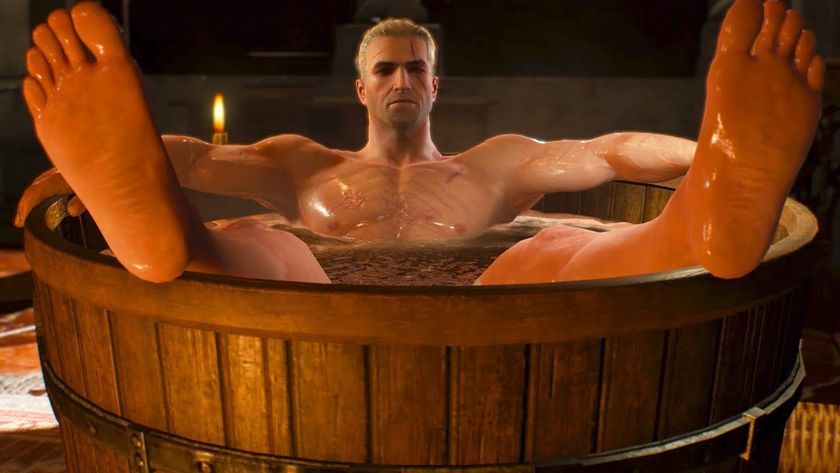
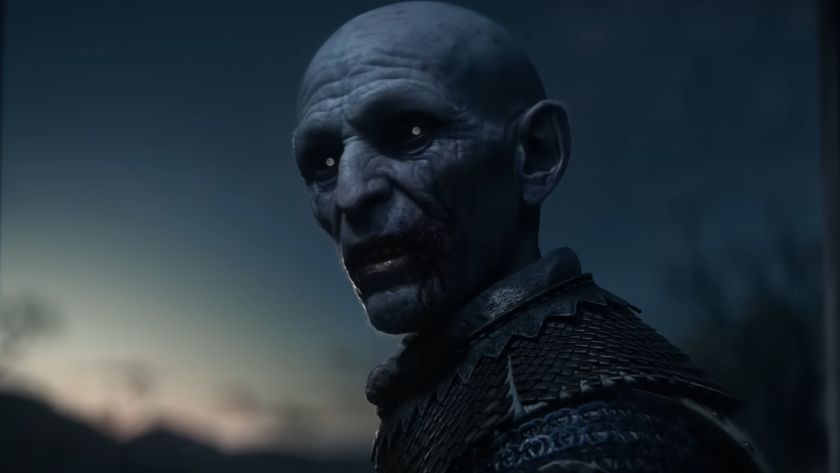

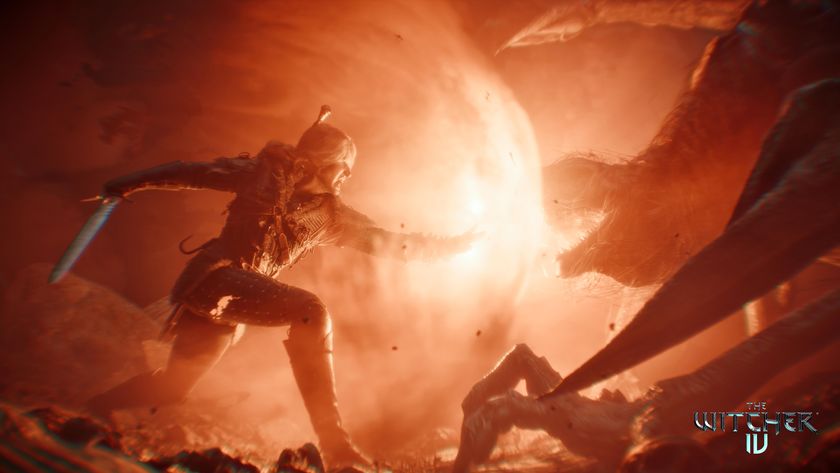

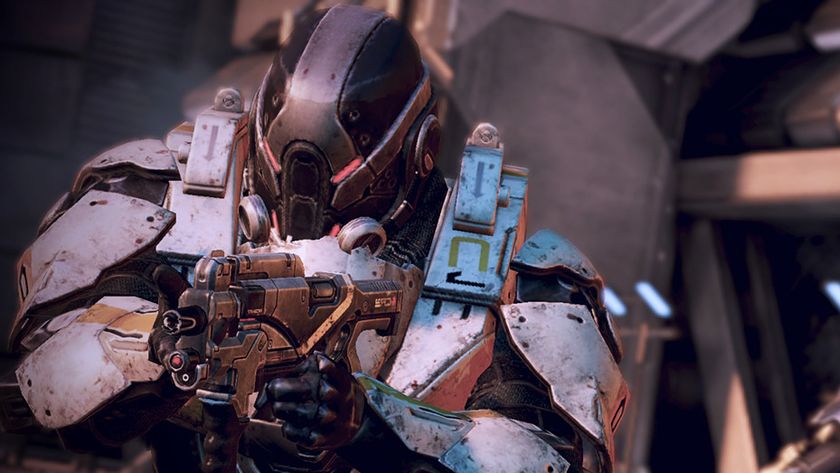
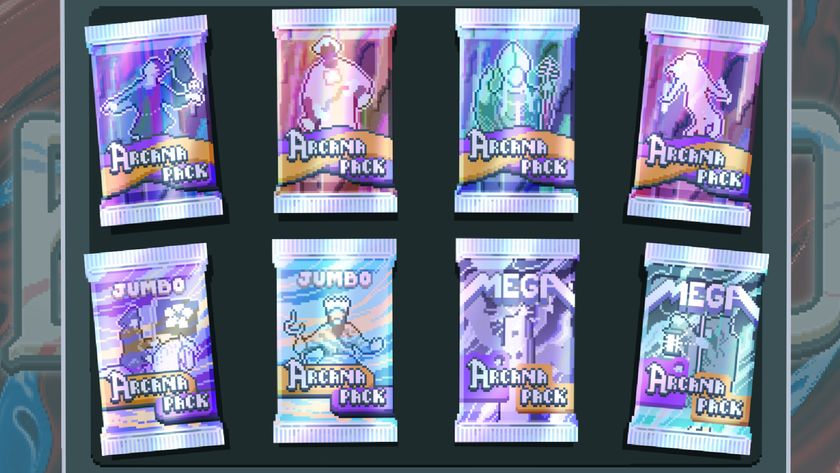

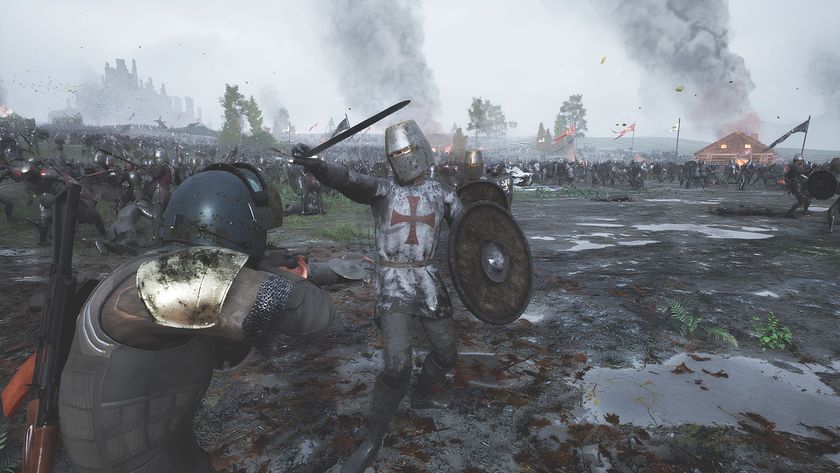




The Witcher 3 lead says "not many games" were trying to match the RPG back in 2015, and that meant "there was a risk" to making it in the first place

The Witcher 3 dev says his new vampire RPG Blood of Dawnwalker wants to challenge genre conventions, but only if "we're changing them to actually achieve some goal"
